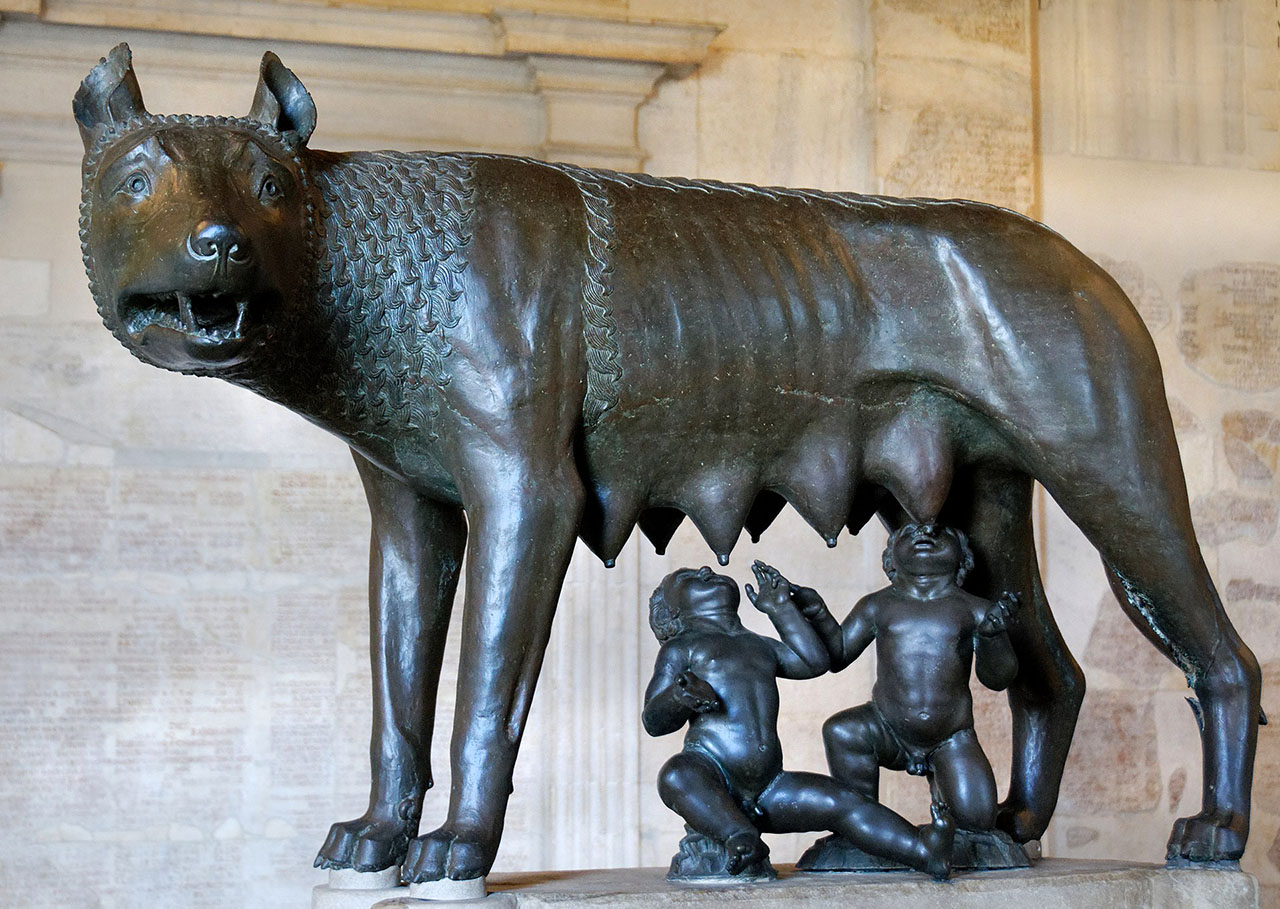There’s a popular saying that “Rome wasn’t built in a day,” and the fall of the Roman Empire didn’t happen overnight either. The decline of one of the greatest civilizations in history was a complex process marked by several significant turning points. These pivotal moments ultimately led to the downfall of the once-mighty empire, shaping the course of history for centuries to come.
1. Economic Instability
The Roman Empire experienced economic instability as a major turning point in its decline. The empire’s vast territorial expansion led to significant strains on its resources and finances. This was exacerbated by high levels of inflation, debasement of currency, and the burden of maintaining a colossal military presence across far-reaching frontiers. As a result, the economic foundation of the empire became increasingly fragile, leading to widespread poverty, social unrest, and ultimately contributing to its downfall.
2. Military Challenges
The Roman Empire was renowned for its formidable military prowess, but over time, it faced monumental challenges that altered its fate. One of the pivotal turning points was the relentless pressure from external adversaries such as the Visigoths, Vandals, and Huns, who launched incursions into Roman territories, often with devastating consequences. The empire’s once invincible legions struggled to repel these threats, leading to significant territorial losses and weakening the empire’s grip on its dominions.

Credit: www.amazon.com
3. Political Turmoil and Division
Political turmoil and internal division played a crucial role in shaping the decline of the Roman Empire. The disintegration of a unified imperial authority into warring factions and ambitious contenders for power created a climate of instability and chaos. This internal strife culminated in a series of destructive civil wars and led to the eventual fragmentation of the once-unified empire into the Western and Eastern Roman Empires, each with its own set of rulers and challenges.
4. Barbarian Invasions
The influx of barbarian invasions represented a critical turning point in the fall of the Roman Empire. The migration and incursions of Germanic tribes from the north and east placed immense pressure on the empire’s borders, leading to massive upheaval and displacement of populations. These relentless invasions posed a severe threat to Roman territories, culminating in pivotal events such as the sack of Rome by the Visigoths in 410 AD and the eventual deposition of the last Roman emperor in the West in 476 AD.

Credit: www.romecabs.com
5. Social and Cultural Shifts
The Roman Empire also experienced significant social and cultural shifts that marked a turning point in its decline. The once-flourishing urban centers faced declining populations, and the traditional Roman way of life came under strain. The growth of Christianity, which ultimately became the state religion, transformed the spiritual landscape of the empire, leading to tensions with the traditional Roman polytheistic beliefs. These social and cultural transformations had far-reaching implications for the fabric of Roman society and its eventual decline.
6. Administrative Challenges
The administrative challenges faced by the Roman Empire presented a crucial turning point in its decline. The empire’s vast size and the difficulty of effectively governing such an expansive domain strained its administrative capacity. Corruption, inefficiency, and the inability to effectively manage the diverse regions of the empire weakened its governance and eroded the trust of its citizens. This administrative decay significantly contributed to the empire’s gradual unraveling.
Frequently Asked Questions Of Turning Points In Fall Of The Roman Empire: Unraveling The Crucial Moments
Faq 1: What Led To The Fall Of The Roman Empire?
The fall of the Roman Empire was triggered by a combination of factors such as military decline, external invasions, political instability, economic issues, and cultural shifts.
Faq 2: How Did The Decline Of The Military Contribute To The Fall Of The Roman Empire?
The decline of the military weakened Rome’s ability to defend its borders, making it vulnerable to invasions and leaving territories unprotected.
Faq 3: Were External Invasions A Significant Factor In The Fall Of The Roman Empire?
Yes, external invasions by barbarian tribes, such as the Visigoths and Vandals, played a crucial role in weakening the Roman Empire and eventually leading to its collapse.
Faq 4: What Role Did Political Instability Play In The Fall Of The Roman Empire?
Political instability within the Roman Empire led to frequent power struggles, civil wars, and ineffective leadership, which weakened the state and its ability to govern effectively.
Conclusion
In conclusion, the fall of the Roman Empire was shaped by a series of pivotal turning points that reverberated across its economic, military, political, social, and administrative domains. These multifaceted challenges ultimately culminated in the irreversible decline of a once-mighty civilization. While the legacy of the Roman Empire continues to influence our world today, its fall serves as a poignant reminder of the intricate and interconnected factors that can shape the destiny of nations and empires.
Guest Author Sakhawat-Shuvo wrote and edited this Article based on his best knowledge and understanding. These opinions and remarks are not endorsed or guaranteed by epichistoria.com or EpicHistoria. The Epic Historia does not guarantee this article’s content. Readers should verify and use their judgment before trusting the content. Also, the Images used in this Article are the copyright of their Respective Owners. Please use our Comment Box or Contact Us form to report this content. This information is not accountable for losses, injuries, or damages.


